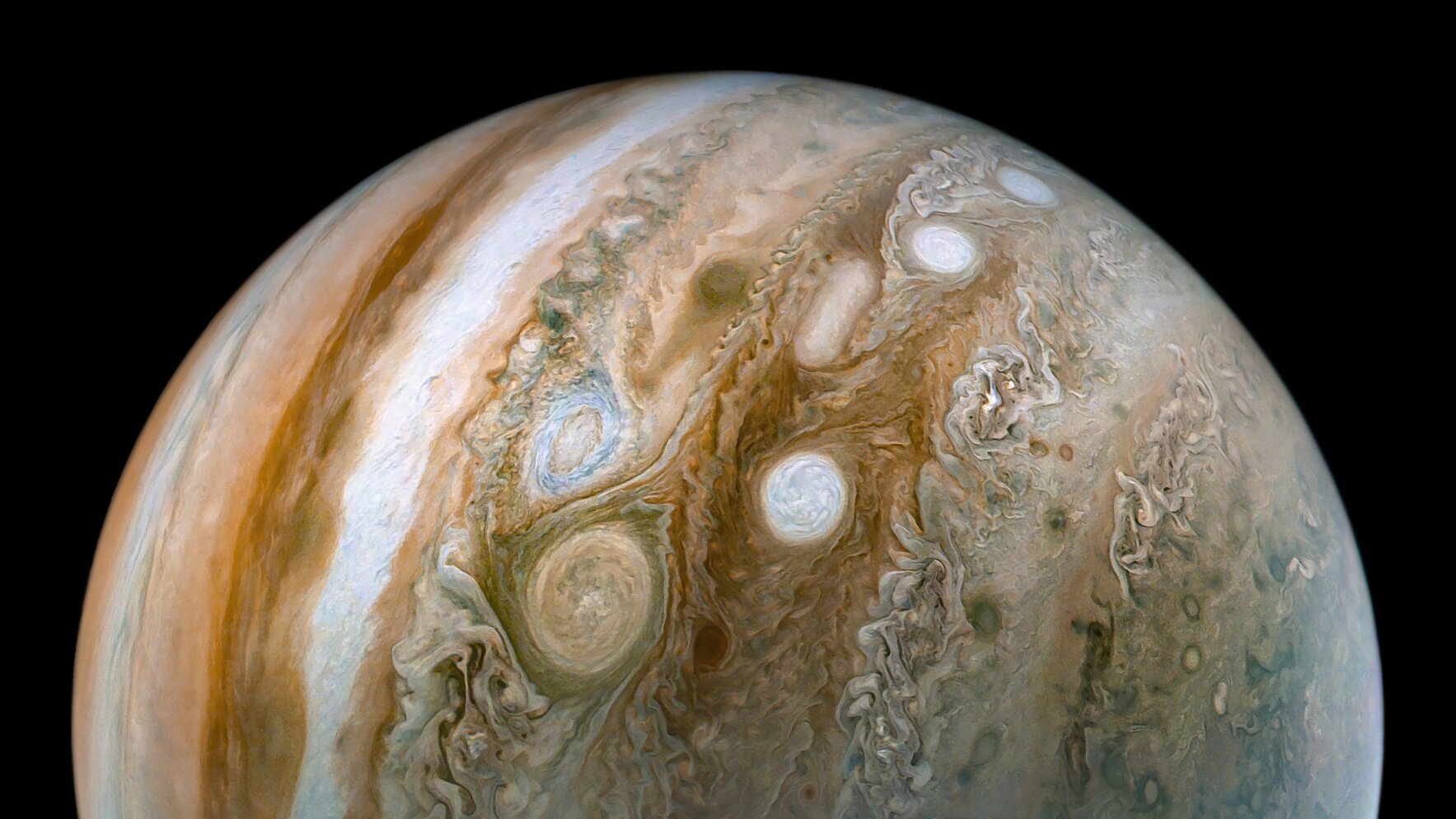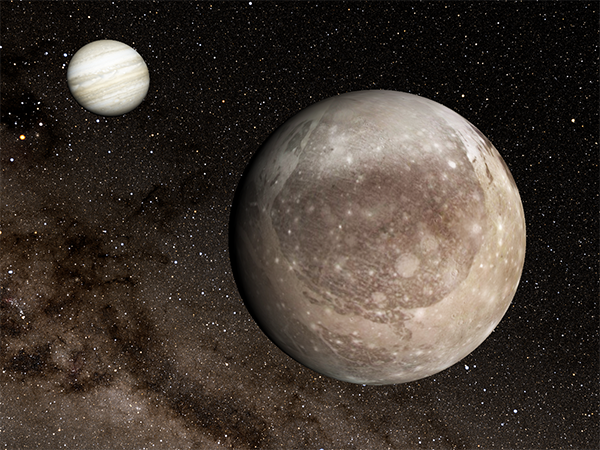
Leicester study of data captured in orbit around Jupiter has revealed new insights into what’s happening deep beneath the gas giant’s distinctive and colourful bands.
Data from the microwave radiometer carried by NASA’s Juno spacecraft shows that Jupiter’s banded pattern extends deep below the clouds, and that the appearance of Jupiter’s belts and zones inverts near the base of the water clouds. Microwave light allows planetary scientists to gaze deep beneath Jupiter’s colourful clouds, to understand the weather and climate in the warmer, darker, deeper layers.
At altitudes shallower than...
Read More









Recent Comments